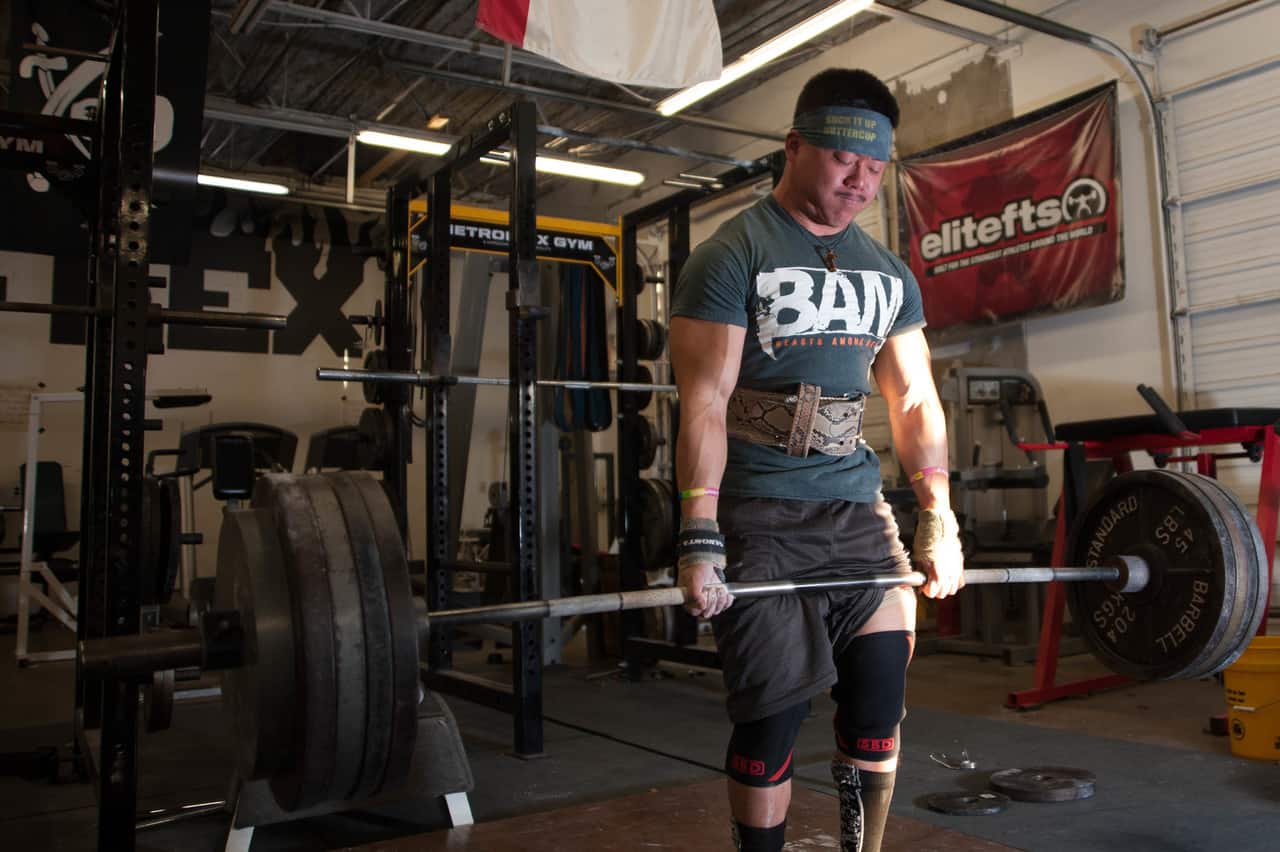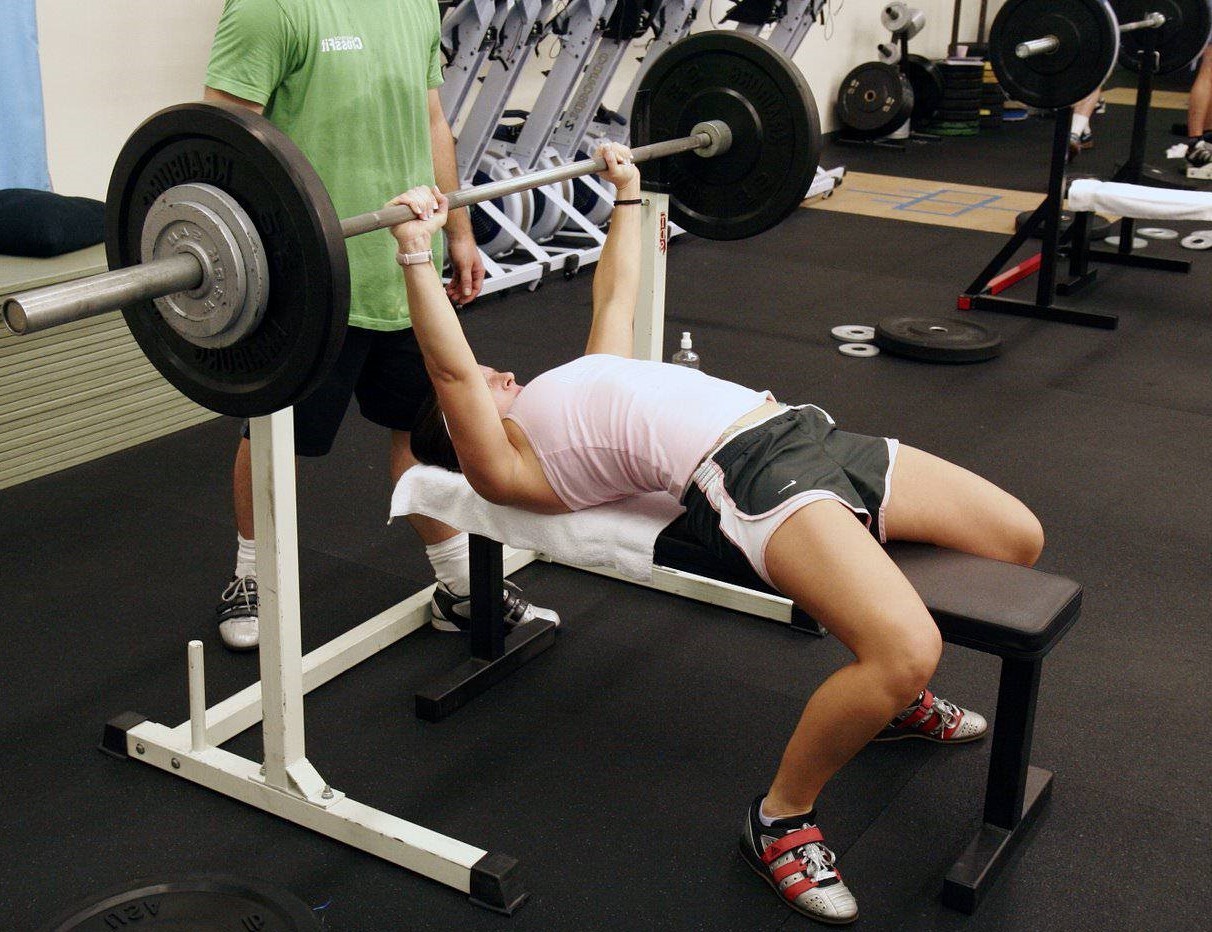The average powerlifting program caters to a three-day split. Beginners are generally asked to hit the gym thrice a week, usually with a day’s rest between gym sessions. But is that advice optimal? How many times a week should powerlifters train, really? Can you get away with just one or two really hard sessions, or is it optimal to hit the gym 6-7 times a week, or even several times a day?
Sadly, there isn’t enough research to draw a clear conclusion on neither ideal training frequency nor ideal training volume. If there was one, it’d still have fairly limited application because sports science generally tries to find what applies best on average to athletes, without leaving much room for idiosyncrasies that coaches must be aware of when training individual lifters (i.e. there’s a specific volume and frequency that works best for a single lifter, but not necessarily their peer).
However, there is enough science out there for us to determine one thing: lifting more than twice a week is better than lifting twice a week or less, and lifting four or five times a week generally produces better strength results than just lifting thrice a week, even if the training volume is split evenly. The extra training days also theoretically allow us more rest between training sets.
What I mean by this rather contradictory statement is that if you’re doing squatting for five hard sets of 10 three times a week, then you’re doing five hard sets followed by a full rest day.
Meanwhile, if you were doing three hard sets five times a week, you’d have an extra sleep session between each interval of three sets, thereby theoretically improving the quality of your sets because you’ve got less overall rest time between training session, but you’ve spread the volume out better so you’re minimizing fatigue (this is also one reason why frequency does not really affect injury rates as much as training age does).
What Does the Science Say?
A review of existing literature on training frequency by the esteemed Greg Nuckols generally shows that there is a noticeable albeit limited difference between training more often and less often per week. Based on available data, a tentative conclusion can be met that:
- Training less than three times per week is probably always suboptimal unless you absolutely can’t train more often than that.
- Training more than three times a week tends to see better weekly strength gains, with a caveat that these aren’t massive differences. If all you can do is spare three visits to the gym per week, you aren’t missing out on much.
- If you can train every day, try it – but adjust your lifts accordingly. There’s a study on 6-day vs 3-day training with experienced Norwegian lifters, with significantly different results. But it’s one study, and there’s exceptionally little data on very high frequency lifting. Another resulted in no differences in strength or hypertrophy after six weeks of 3-day and 6-day training. Take the extra time to add more volume to your training, but to spare your joints, use your lighter days to focus on speed, technique, and hypertrophy.
Train At Least Three Times a Week, More If You Can
How many times a week should powerlifters train, then? More than three times? If you have the time to spare, then I’d argue yes. Some of the studies try specifically to test whether training frequency has an effect on training, without changing training volume. But realistically, there’s nothing stopping you from increasing your volume if you’re training more often, aside from your own fatigue and recovery limits.
If you’ve previously only managed to effectively recover from 4-5 hard sets per session at a frequency of 3 sessions a week, you could adopt a 5-day training program and limit yourself to 3 hard sets, with more accessory volume. You could keep the same overall volume but add in more hypertrophy work. Or you could push yourself for more volume and see whether the split allows you to recover better.
One thing some studies revealed is that upper body strength responds better to high-frequency training than lower body strength when volume is considered equal. So, consider splitting your current bench-pressing volume across four or five sessions rather than two or three, and see if you make faster progress.
An argument could be made that one reason the upper body responds better to higher frequency is that training a lift more often allows you to “grease the groove”, and that it takes more practice for the body to adjust to the mechanics of an upper body lift than a lower body lift. Another theory is that the upper body responds better to higher training frequency because we may have more androgen receptors in our upper body than our lower body, meaning training more often = more opportunities to promote muscle growth.
What About Overtraining?
When the body isn’t given ample rest, adaptation is inhibited. We need time off from working out to allow our bodies to repair and compensate for the work we did in the gym. The rate at which these adaptations occur may be different from athlete to athlete, and there are various factors that affect recovery (including sleep quality and food intake).
Even if these factors are controlled for, there are genetic differences to consider as well. This means some people can train at a higher frequency with an overall higher volume than others (assuming everyone in this scenario is drug-free, as steroids massively skew the numbers). It’s fairly easy to tell when we aren’t adapting properly to a program – examples include falling asleep every ten minutes at work, feeling nothing but pain in every joint, and failing to hit your lifts.
What this ultimately means is that you can only rely on your own experience to figure out when enough is enough. How much volume can you handle before you’re psychologically at your wits end? How long can you go “hard” before you need a break? Are you a Smolov or a Smolov Jr. kind of guy/gal?
There are times when it’s worth it to push through a particularly hard cycle – especially if it’s not something you’re expected to repeat the week or month after, and you’re getting ready to compete – and there are times when doing so will lead to either burnout or injury, or both concurrently. That’s why I suggest a.) working with a coach whenever you can, and b.) experimenting with programs that genuinely push your limits once you’ve established a base of strength and have gotten some experience.




